Odontomachus brunneus
379,90 zł
Odontomachus brunneus is a polygynous ant species with colony sizes of up to 500 workers. They have a medium development speed. The queens are 10-12 mm in size, while the workers are 10-11 mm. They are brown in color with golden to reddish brown legs. They feed on food insects like cockroaches and crickets, as well as sweet fruit. They require a humidity level of 50-70% in both the arena and nest. The temperature requirements are not specified.
| Behavior | |
|---|---|
| Difficulty in breeding | |
| Origin | |
| The size of ants | |
| Wintering |
Odontomachus brunneus: The Fascinating Ant Colony
Odontomachus brunneus, commonly known as the trap-jaw ant, is a species of ant that belongs to the genus Odontomachus. These ants are intriguing creatures with unique characteristics and behaviors. In this article, we will explore everything you need to know about O. brunneus, from their colony type and size to their habitat preferences and recommended nests for breeding.
Colony Type and Size
Colony Type: Polygyny
Colony Size: Up to 500 workers
Development Speed: medium
Size and Color:
- Queen: 10-12 mm
- Workers: 10-11 mm
Color: The coloration of O. brunneus ants is predominantly brown, with golden to reddish-brown legs.
Nutrition:
- Food insects (such as cockroaches and crickets) dead, or live
- Fruits
- Jelly
- Honey
Don’t forget to check out our food products to ensure a well-balanced diet for your colony!
Humidity and Temperature:
- Humidity: Arena: 60-70%, Nest: 60-80%
- Temperature: Arena: 21-30 °C, Nest: 22-28 °C
Species Features
O. brunneus ants are known for their unique nesting habits. They can be found in various habitats, including leaf litter, rotting logs, tree bases, and open to partially covered sandy areas. While they occasionally forage during the day, they are more active at night, making them nocturnal creatures. When their colony is disturbed, O. brunneus workers exhibit non-aggressive behavior and quickly retreat or vacate the nest. This behavior ensures the safety and protection of the colony without engaging in unnecessary conflicts.
Recommended Nests for Breeding
When it comes to breeding O. brunneus ants, it is crucial to provide them with suitable nests that mimic their natural habitat. Recommended nest materials for breeding include acrylic, cork, gypsum, and aerated concrete. These materials provide the ants with a comfortable and secure environment to establish their colony, lay eggs, and raise their brood.
In conclusion, Odontomachus brunneus, or the trap-jaw ant, is a fascinating species with unique characteristics. Their polygynous colonies, medium development speed, and specialized habitat preferences make them intriguing subjects of study. By understanding their needs, such as the ideal humidity and temperature levels, and providing them with suitable nest materials, you can enjoy observing and breeding these ants in a controlled and rewarding environment.


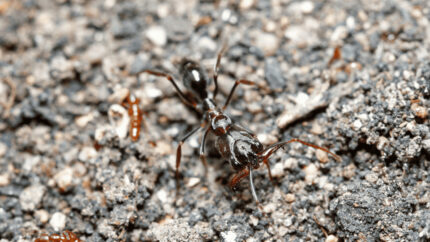
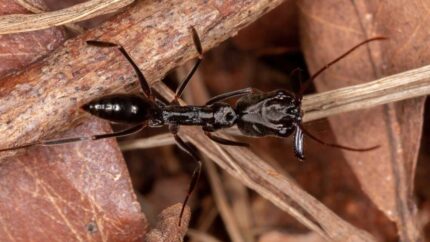
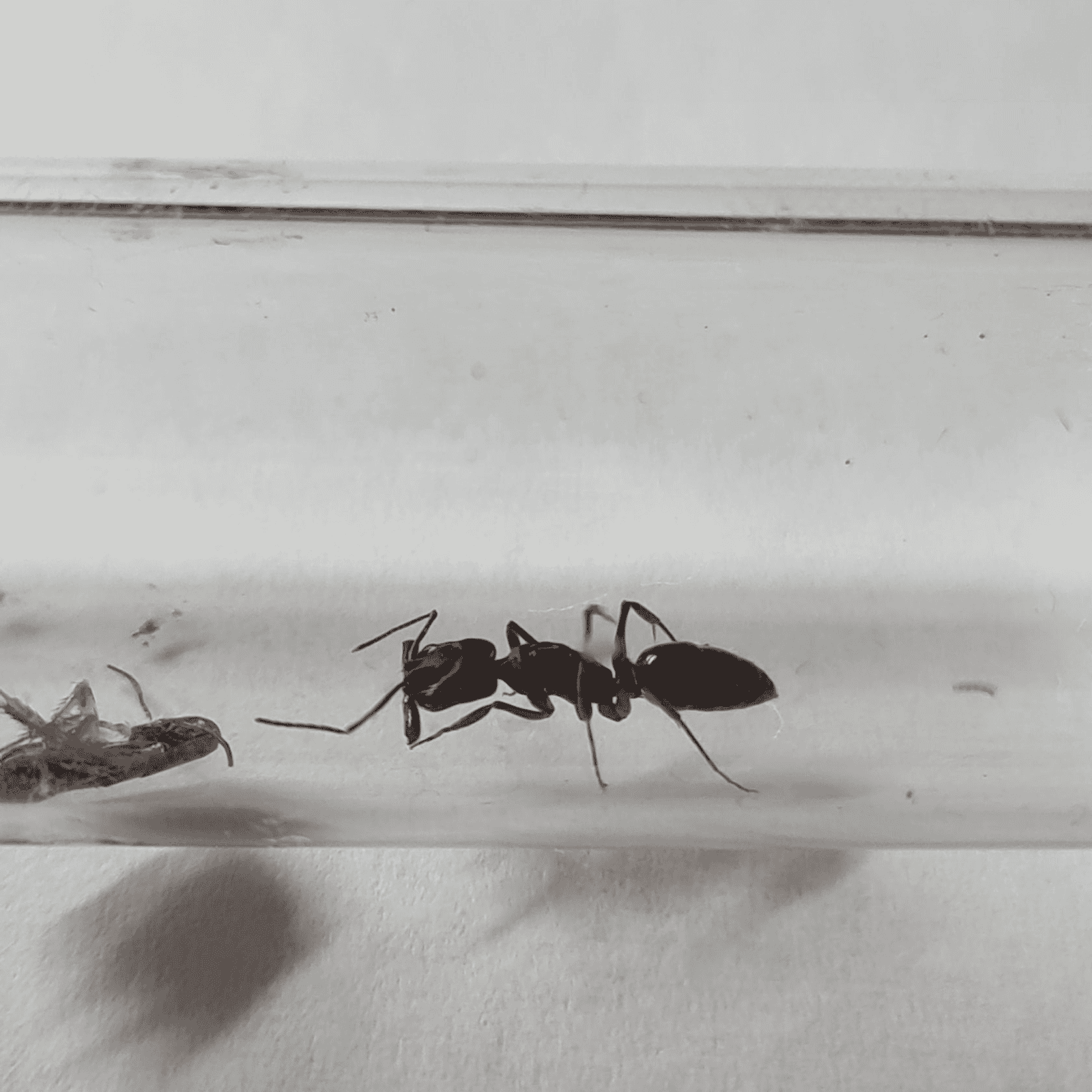
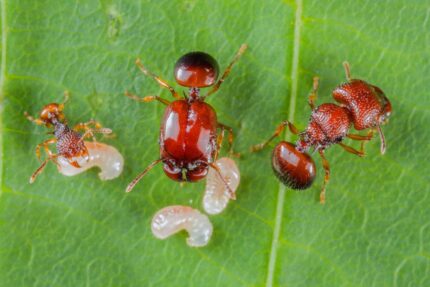
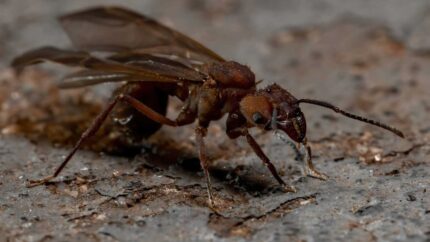
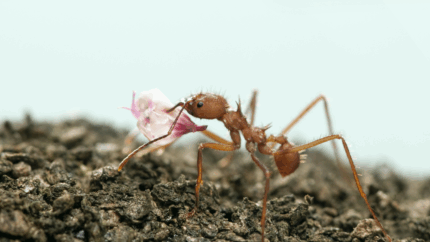
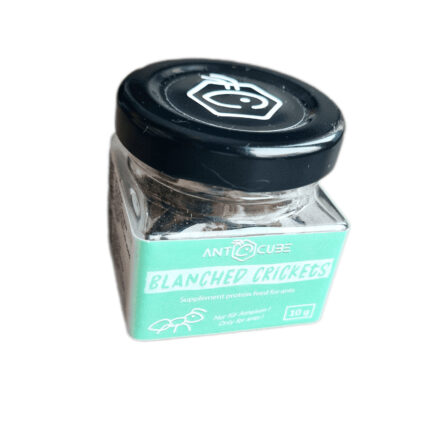
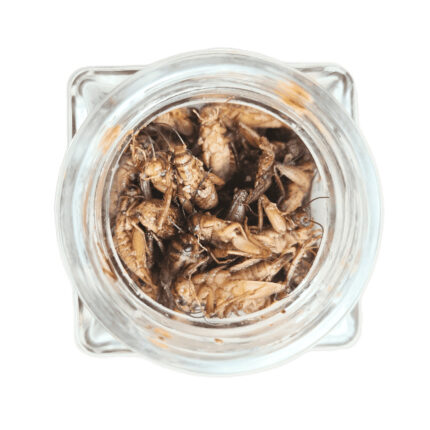
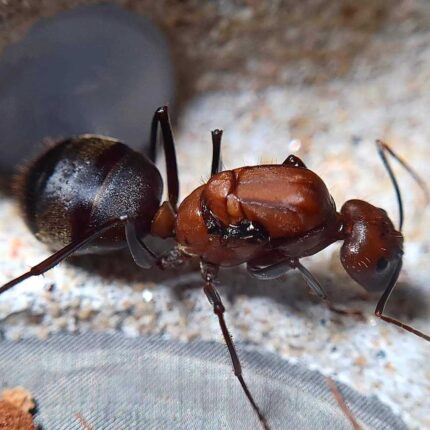
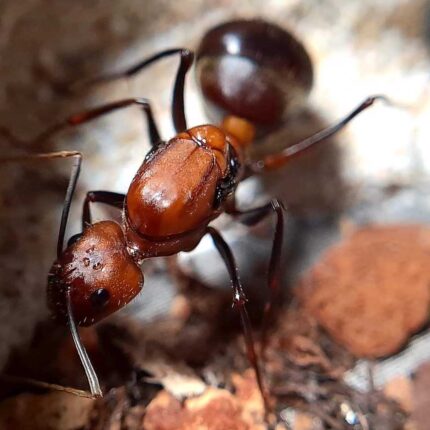
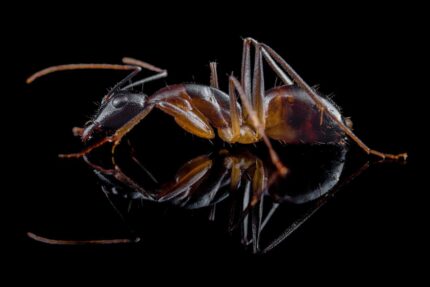
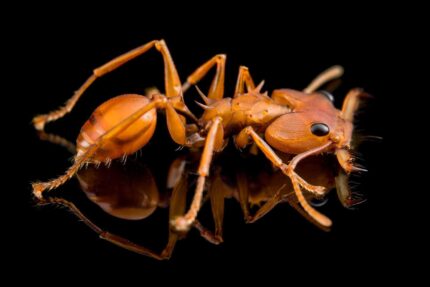
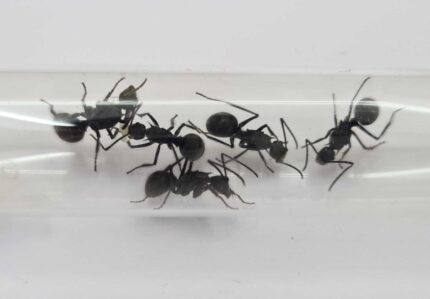
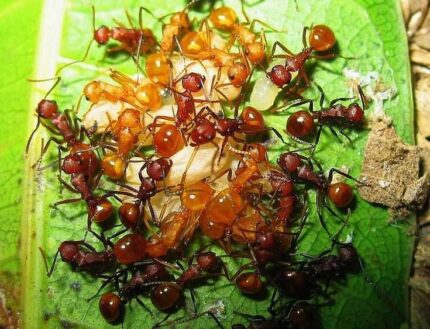
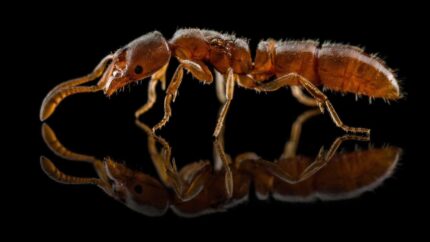
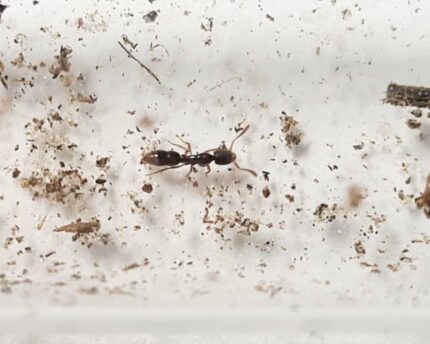
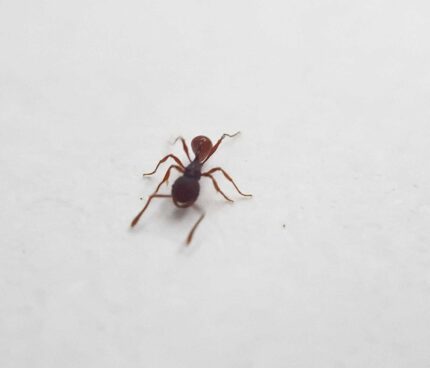
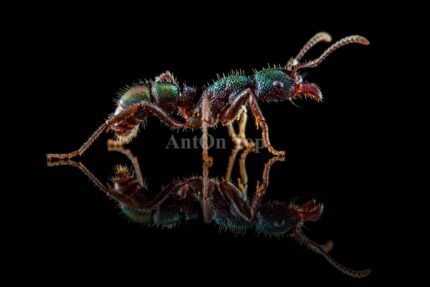
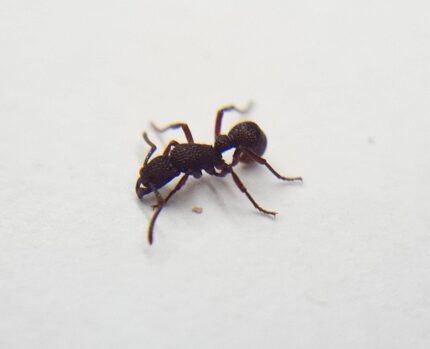
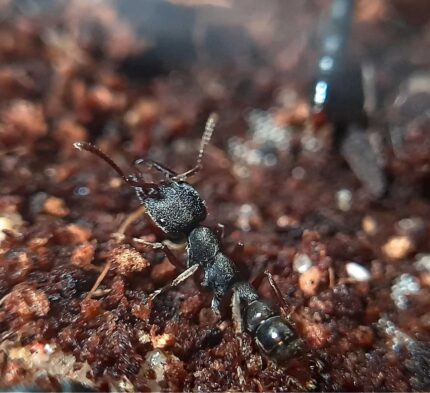
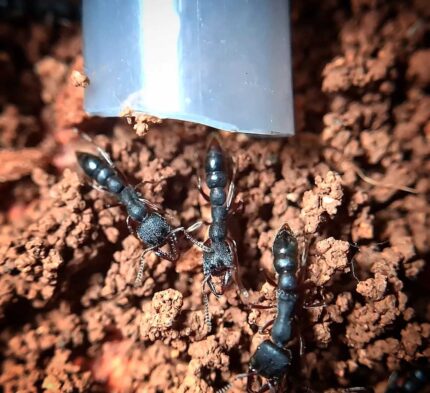
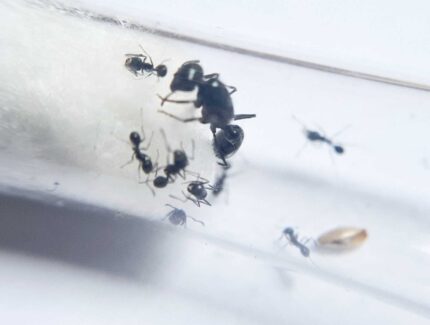
Valoraciones
Clear filtersNo hay valoraciones aún.